Dive straight into the vast landscape of content marketing with a robust strategy tailored for your business. Crafting engaging content demands more than mere words – it’s an art of combining creativity, precision, and a dash of strategy. Here’s your roadmap:
- Understand your audience’s pulse.
- Pinpoint your unique voice and brand persona.
- Gauge your industry’s trends and nuances.

Empower your business, strengthen your online footprint, and propel your brand to the forefront with a tailored content marketing approach. ?✍? And while you’re at it, boost your site’s conversion rate and user experience with the Plerdy tool for CRO & UX. With the right mix of content, marketing, and strategy, your brand is set to shine bright in the digital cosmos. Dive in and embrace the power of strategic content marketing!
What is Content Marketing?
In order to draw in and keep the attention of a clearly defined target, content marketing is a strategic strategy that focuses on producing, publishing, and disseminating useful, pertinent, and consistent material. Rather than pitching products or services, it aims to provide information that educates, entertains, or inspires to cultivate a strong relationship with consumers.
In the fast-paced field of digital marketing, content strategy plays a pivotal role in bridging the gap between brands and their audience. Here’s how it works in specific niches:
- Healthcare: By providing detailed guides on common ailments, a healthcare provider positions itself as a trusted source of information.
- Finance: Investment firms may offer insights into market trends, helping readers make informed decisions without directly selling services.
- Travel: Travel agencies could share travel guides, tips, and destination highlights to entice travelers and build brand loyalty.
A content marketing strategy must align with the core values and goals of a business. For instance, a non-profit organization might focus on inspiring stories and social impact, while a technology company might highlight innovation and practical solutions.
In any given industry, the emphasis on creating high-quality content builds trust, encourages engagement, and fosters a community around a brand. Effective content marketing does more than just fill space on a webpage; it resonates with the readers, speaks to their needs and interests, and establishes a lasting connection that goes beyond mere advertising.
A well-executed content marketing strategy converts casual surfers into devoted consumers and brand champions with a creative blend of educational articles, captivating videos, eye-catching visuals, and more. It’s the art of communicating without selling, and in today’s connected society, it’s an essential component of success.
Importance of a Content Marketing Strategy
The foundation of contemporary commercial communication is a content marketing strategy. Without a solid, comprehensive plan, even the most compelling content can fall flat. Here’s why a deliberate strategy is so essential.
You may discover your target audience, comprehend their needs, and create material that appeals to them with the aid of a content marketing strategy. It’s not enough to simply create content; you also need to deliver it through the appropriate channels at the appropriate time.
Consider these examples from specific industries:
- Retail Industry: Leading fashion retailers craft seasonal style guides, blog posts about upcoming trends, and engaging social media posts to connect with fashion-conscious consumers.
- Automotive Industry: Car manufacturers produce video tutorials on vehicle maintenance, write reviews comparing models, and offer interactive tools to help buyers customize their ideal vehicle.
- Education Sector: Universities and colleges leverage content to showcase faculty research, student success stories, and on-campus life to appeal to prospective students and their families.
In all these cases, the content marketing strategy serves several key functions:
- Builds Trust: By offering valuable and engaging content, brands position themselves as authorities in their field.
- Fosters Community: Content marketing fosters conversation and involvement with the audience, building a sense of community.
- Increases Engagement: With personalized content, businesses can enhance user engagement, leading to higher retention rates.
- Supports Other Marketing Efforts: Content marketing integrates seamlessly with other marketing tactics, be it social media advertising or email campaigns, making the overall marketing plan more robust.
In summary, content marketing is not a mere add-on but a central component of contemporary business operations. A well-structured content marketing strategy drives traffic, builds relationships, enhances brand loyalty, and ultimately boosts revenue. The effort to match content creation with your brand’s objectives and your audience’s demands can help you stand out from the competition and propel your company to success. It calls for careful preparation, creativity, and consistency.
List of 15 Steps to Create a Content Marketing Strategy
Navigating the labyrinthine landscape of today’s content marketing ecosystem can be daunting, but a well-crafted “12 Steps to Create a Content Marketing Strategy for Your Business” can serve as your North Star. This blueprint not only demystifies the core tenets of effective marketing but also offers a tactical roadmap for distributing valuable, relevant content to your target audience. With the synthesis of data-driven insights and creative flair, this strategic guide will arm you with the tools to conquer the digital marketplace.
1. Understand Your Audience
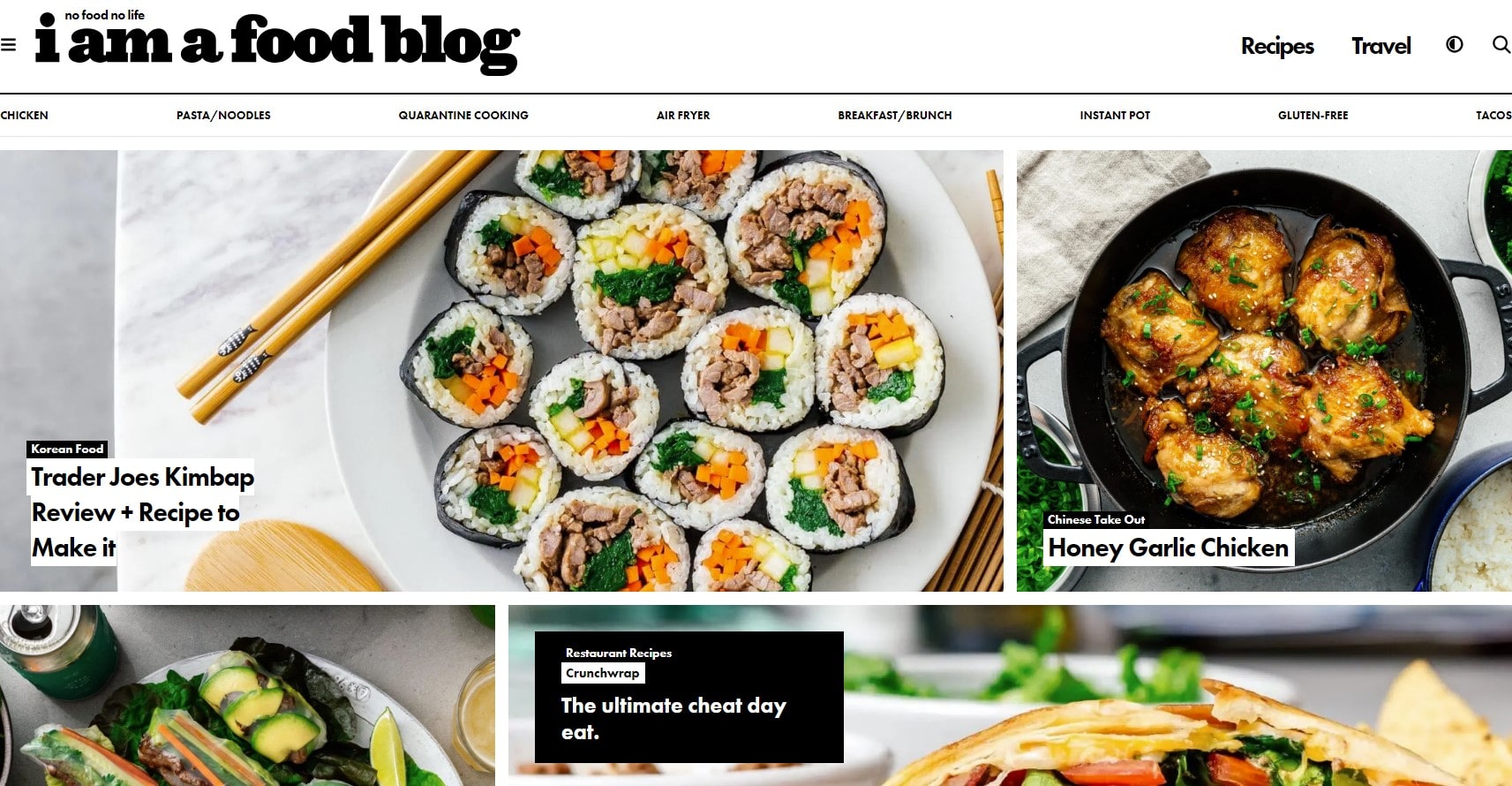
The foundation of every successful content marketing plan is knowing your audience. This process involves more than surface-level observations; it requires diving deep into the needs, preferences, behaviors, and pain points of your potential customers.
Take the fitness industry, for example. A personal trainer would tailor content differently for a college athlete seeking performance enhancement compared to a working professional striving for general wellness. Likewise, a tech company must communicate differently with a tech-savvy millennial than with a baby boomer less accustomed to the latest gadgets.
Key strategies to understand your audience include:
- Creating Audience Personas: These fictional representations of your ideal customers can help guide your content creation, keeping your messaging targeted and relevant.
- Analyzing Behavioral Data: Tracking how users interact with your content can shed light on what resonates with them, allowing for continuous optimization.
- Engaging Directly: Sometimes, direct engagement through social media, comments, or forums can offer unfiltered insights into what your audience thinks and feels.
Here are some examples of content tailoring in various sectors:
- Real Estate: Agents can provide first-time buyer guides for younger audiences or retirement relocation tips for older clients.
- Food and Beverage: A health food store might offer family-friendly recipes for parents or high-protein meal plans for fitness enthusiasts.
- Entertainment: A streaming service could suggest action films for thrill-seekers or romantic comedies for date nights.
By truly understanding your audience, your content marketing strategy becomes a targeted effort rather than a shot in the dark. It enables you to produce content that responds directly to the distinct requirements and preferences of various target segments. The connection forged through this tailored approach enhances trust, builds brand loyalty, and ensures that your content hits the mark every time, turning casual browsers into dedicated followers and customers.
2. Define Your Goals and Objectives
![]()
Defining goals and objectives in a content marketing strategy serves as the roadmap to success. Without clear, targeted aims, your strategy can become a rudderless ship—full of potential but lacking direction.
Consider these different industry goals:
- Non-Profit Organization: Raise awareness about a cause, engage volunteers, and drive donations through heartfelt stories and impactful visuals.
- E-Commerce Business: Increase sales and customer loyalty through product tutorials, buyer guides, and user-generated content showcasing real-life use.
These overarching goals then break down into specific, measurable objectives, allowing a business to track progress and make necessary adjustments. Here’s a detailed look at how various companies might define their goals:
- Financial Services Firm:
- Increase newsletter subscriptions by 20% in the next quarter.
- Reduce customer churn by offering personalized content tailored to individual financial goals.
- Health and Wellness Brand:
- Grow community engagement by 30% through interactive content such as webinars, live Q&A sessions, and challenges.
- Boost product sales through influencer partnerships and authentic testimonials.
- Educational Institution:
- Enhance student recruitment by highlighting success stories, faculty expertise, and campus life.
- Foster alumni engagement through regular updates, exclusive events, and networking opportunities.
An essential step in this process is to align content marketing goals with overall business objectives. This ensures that all content, whether it’s a blog post, video, or social media update, contributes to the big picture. For example, if a software company aims to showcase innovation, content may focus on cutting-edge features, customer success stories, and in-depth guides on using advanced functionalities.
In sum, defining goals and objectives isn’t just a one-time task. It’s a continuous effort to ensure that your content marketing strategy stays aligned with your business vision, adapting to market trends and customer needs. Setting specific, attainable goals can help you forge a successful route and enable your content to successfully connect with readers and serve its intended purpose.
3. Conduct a Content Audit
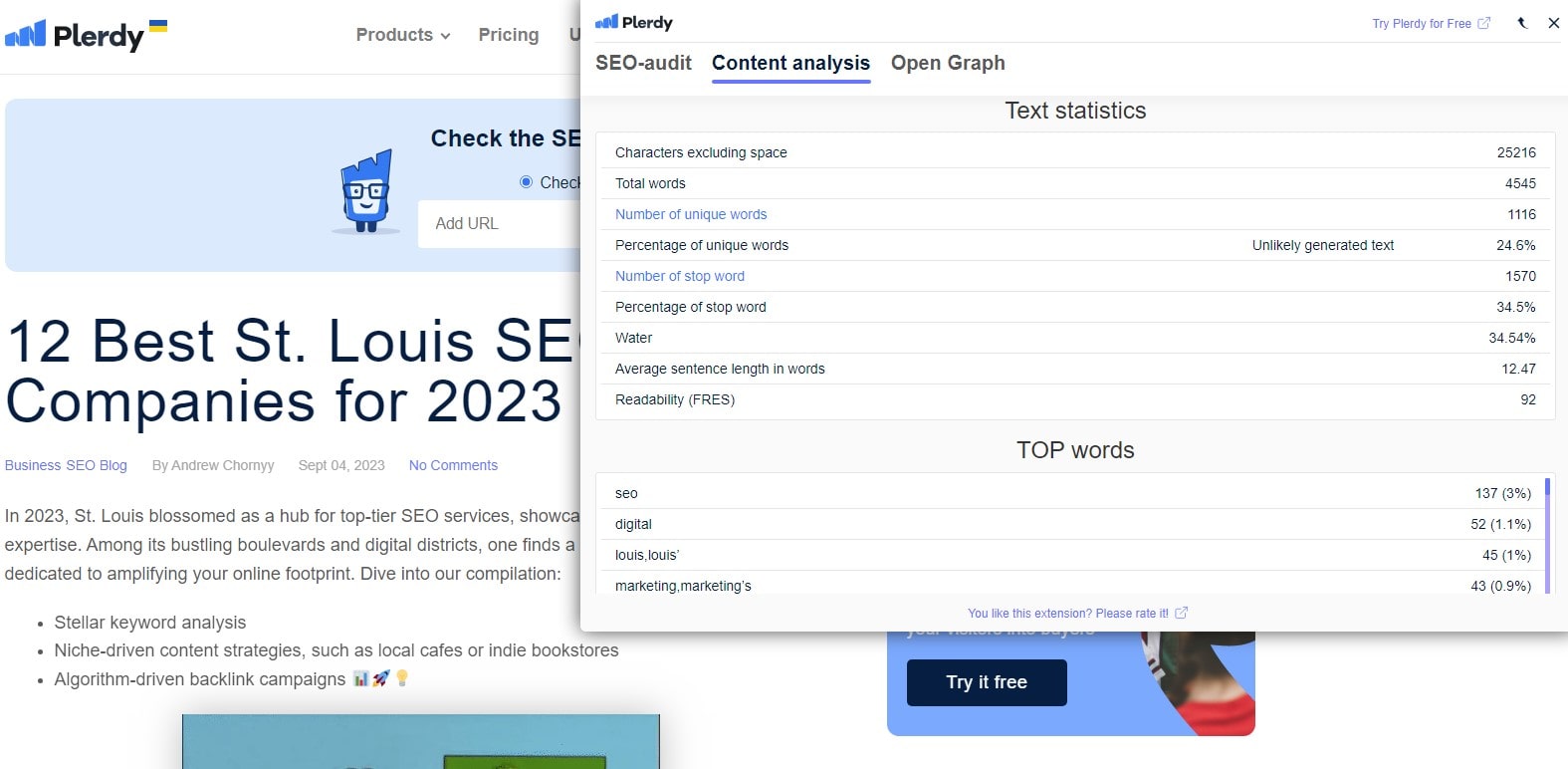
Conducting a content audit is akin to taking a business’s content pulse gauging the health of your existing content marketing efforts. It helps in identifying what’s working, what’s falling short, and where opportunities for growth lie.
Imagine a local bakery that wants to expand its reach. By conducting a content audit, it might discover that while the blog posts about cake recipes are thriving, the cookie tutorials are underperforming. Conversely, a tech company might find that its video guides are a hit, but the weekly newsletters are not capturing the desired engagement.
Here’s how you might break down a content audit across various sectors:
- Retail Industry:
- Evaluate product descriptions for clarity and persuasiveness.
- Assess social media engagement to find the most successful platforms.
- Healthcare Sector:
- Analyze patient testimonials and educational articles to ensure compliance and efficacy.
- Investigate website navigation to ensure easy access to vital information.
- Travel and Tourism:
- Review blog posts about destinations to see what resonates with travelers.
- Examine email campaigns to identify what offers or destinations are generating bookings.
In performing a content audit, consider these crucial steps:
- Inventory Existing Content: List out all the existing content pieces, including blogs, videos, social media posts, etc.
- Evaluate Performance Metrics: Examine the success of the content in terms of views, engagement, conversion rates, and other relevant KPIs.
- Identify Content Gaps: Spot areas where content might be lacking or opportunities for expansion.
- Assess Alignment with Objectives: Ensure that content aligns with your defined goals and objectives.
- Create an Action Plan: Based on the findings, develop a strategy to enhance, retire, or repurpose content.
4. Choose Content Types and Channels

Similar to picking the ideal ingredients for a delicious recipe, choosing the appropriate content types and channels is important. You must tailor your material to the preferences of your audience in order to pique their interest and satiate their demands.
Consider a fitness brand aiming to inspire a community of health enthusiasts. While blog posts about workout routines might work, video content demonstrating exercises could drive deeper engagement. Meanwhile, a finance firm might opt for in-depth whitepapers and LinkedIn articles to engage its corporate audience.
Here’s how you can customize content types and channels for various sectors:
- Fashion Industry:
- Instagram for showcasing apparel through pictures and short videos.
- Blogs on styling tips and seasonal fashion guides.
- Technology Sector:
- Webinars and podcasts to discuss emerging tech trends.
- Detailed product guides and explainer videos.
- Food and Beverage Industry:
- Recipe blogs and cooking tutorials on YouTube.
- User-generated content showcasing meals through social media.
Follow these crucial recommendations when selecting content genres and channels:
- Understand Your Audience: Identify the platforms your audience frequents and the content they consume.
- Align with Your Objectives: Ensure the content type and channel contribute to achieving your goals.
- Evaluate Existing Success: If certain content types or channels have already shown success, build on them.
- Experiment and Analyze: Don’t shy away from trying different content types and channels, but always analyze the results to refine your approach.
In conclusion, selecting content types and channels is a calculated strategic choice that necessitates in-depth research and meticulous preparation. It’s a customized method rather than a one-size-fits-all strategy that’s intended to connect with the audience’s particular interests and requirements. You can develop a content marketing plan that is rewarding as well as engaging by fusing the appropriate content with the appropriate platforms. This will help your company become the go-to option for your target market.
5. Develop a Content Calendar
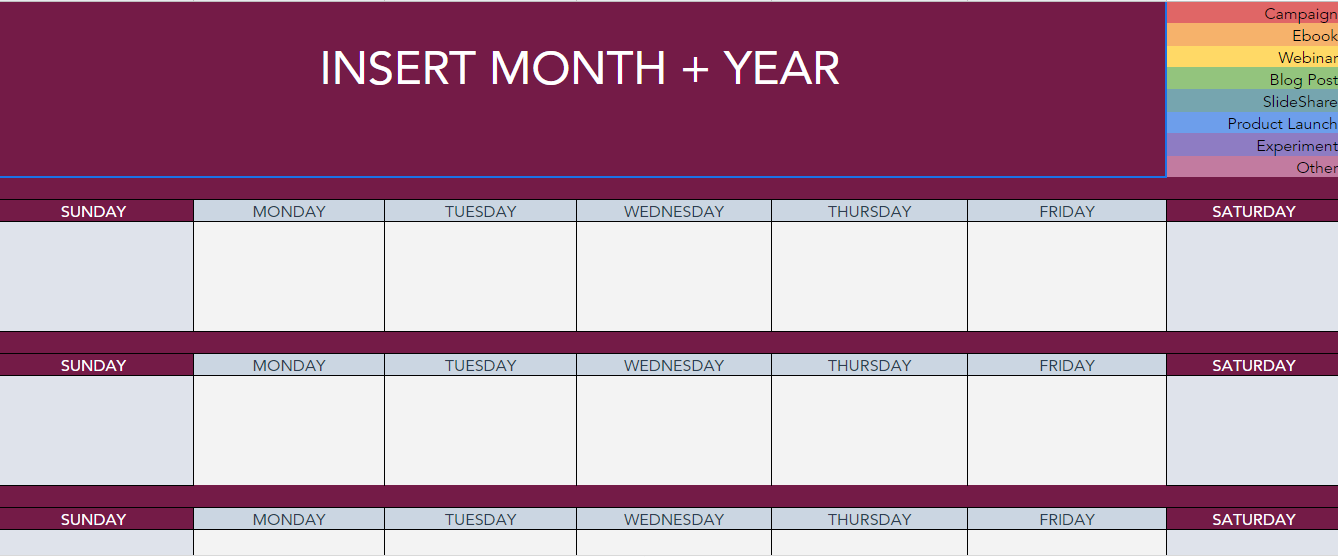
Developing a content calendar is a foundational step in content marketing strategy, serving as a roadmap for all content-related activities. Think of it as a master chef’s menu, outlining every course in detail, ensuring no dish is served late or ingredients forgotten.
Consider an e-commerce site specializing in sustainable products. A content calendar would map out blog posts, videos, and social media content, all timed to coincide with product launches, seasonal changes, or awareness days like Earth Day.
Or take a non-profit organization working in wildlife conservation. A content calendar would coordinate storytelling across channels, aligning with fundraising drives, awareness campaigns, and significant international observances like World Wildlife Day.
Here are essential components to include when developing a content calendar:
- Content Type and Title: Define what kind of content you’ll create — blog posts, videos, podcasts, etc. — and assign a working title.
- Publication Date: Mark when each piece of content will be published, considering any seasonality or significant dates.
- Channel of Distribution: Identify where the content will be shared, such as social media platforms, email, or the company website.
- Content Status: Track the progress of each content piece through stages like research, writing, editing, and publishing.
- Responsible Team Member: Assign each content piece to specific team members to ensure accountability.
Utilizing a content calendar streamlines the creative process, keeps your content team aligned, and ensures a consistent and cohesive brand message. It’s like having a well-rehearsed orchestra, each section playing in harmony, each note striking the right chord with the audience. You can create a content marketing strategy that connects with your audience and fosters enduring engagement with your brand by devoting time and attention to creating a content calendar.
6. Create High-Quality Content
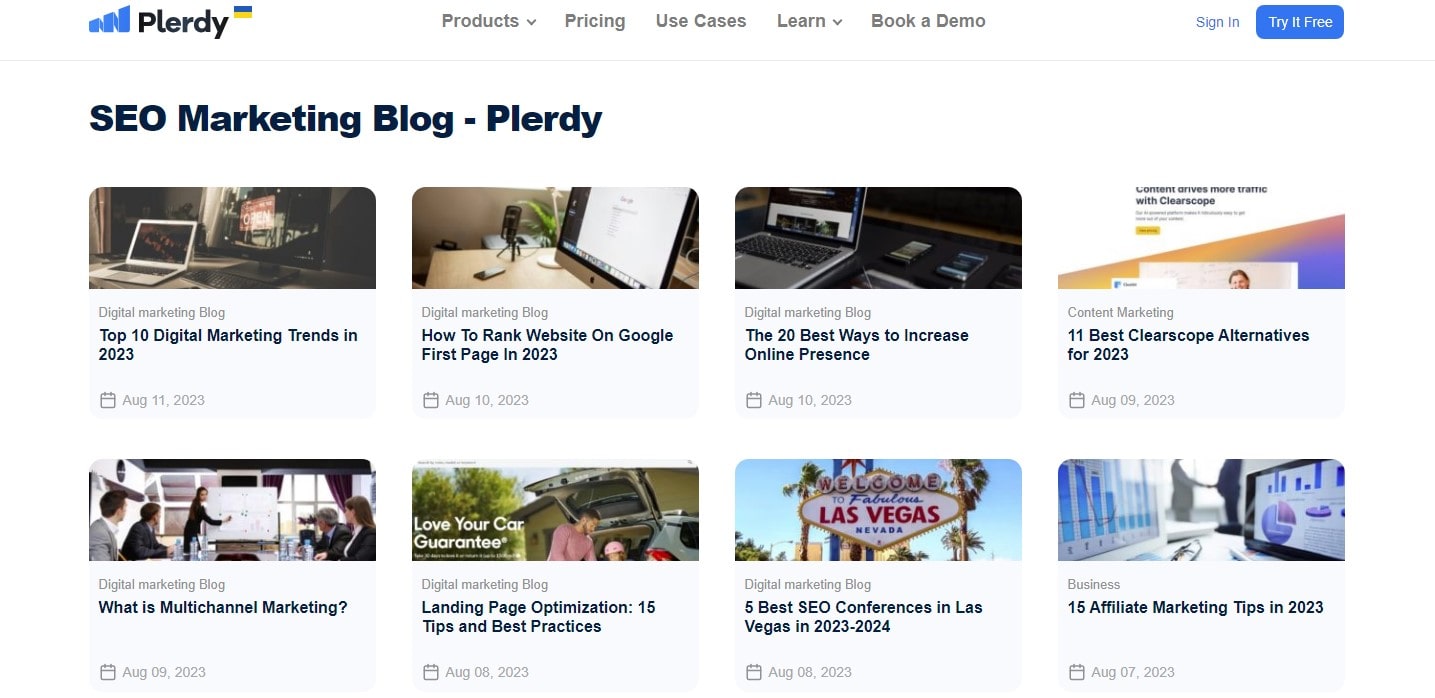
An effective content marketing strategy is built on producing high-quality content, which helps brands rise to the top of their respective industries. It’s akin to an artist sculpting a masterpiece, chiseling every detail with precision and care to create a lasting impression.
For example, a healthcare provider aiming to educate its patients could leverage engaging and informative articles on preventative care. On the other hand, a tech company can roll out in-depth guides and tutorials to help customers get the most out of their products.
Here are the core principles to follow when creating high-quality content:
- Understand Your Audience’s Needs: Tailor content that resonates with the readers, addressing their pain points and interests.
- Offer Unique Insights: Stand out by providing fresh perspectives and in-depth knowledge that sets you apart from the competition.
- Craft Compelling Narratives: Use storytelling to weave information into an engaging narrative that holds the reader’s attention.
- Utilize Visual Elements: Incorporate images, infographics, or videos to enhance the reader’s experience and reinforce key points.
- Adhere to High Writing Standards: Emphasize clarity, coherence, and correctness to communicate your message effectively.
An example from the automotive industry can illustrate these principles in action. Imagine a car manufacturer publishing content about electric vehicle technology. They could produce visually rich and informative pieces that not only explain the technology but also share stories of customers who have made the switch to electric cars.
The alignment of your content with the audience’s needs, combined with a unique and engaging approach, builds trust and loyalty. High-quality content establishes you as an authority in your industry, a go-to source for knowledge and insight. It’s a dynamic piece in your content marketing strategy, a melody that resonates with your audience and echoes the true value of your brand.
7. Implement SEO Best Practices
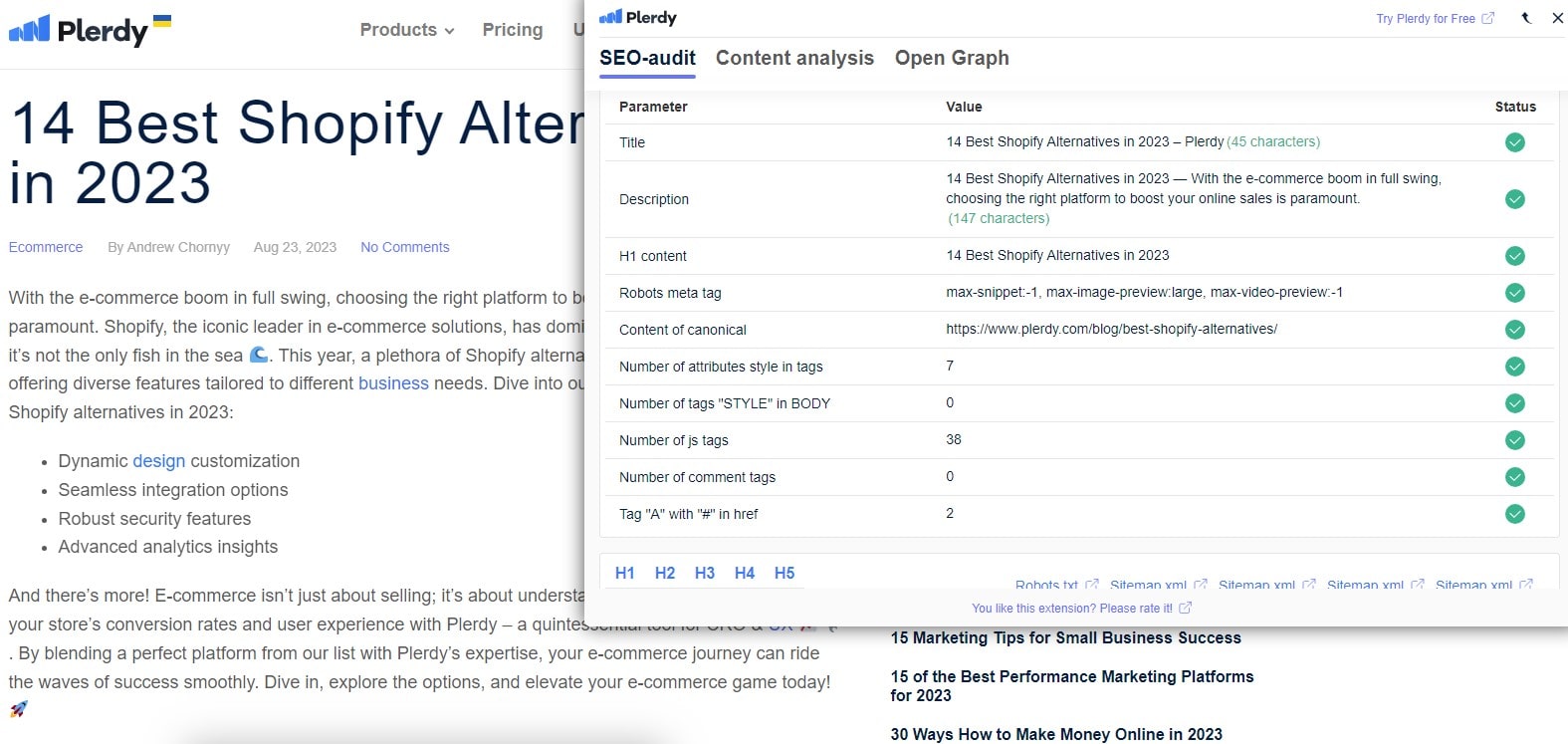
Implementing SEO best practices is comparable to creating a clear path that leads your audience to your front door in the world of content marketing. It’s not merely about rankings or algorithms but crafting a user-centric approach that enhances the online experience.
Let’s look at a case from the travel sector. A travel agency aiming to attract adventure seekers devises an SEO strategy that includes blog posts, videos, and infographics about exotic destinations. By applying best practices, they ensure that their content appears prominently in search results, drawing in potential explorers.
Here’s a breakdown of fundamental SEO best practices:
- Keyword Integration: Integrate relevant keywords smoothly into titles, headers, and body text. For example, a pet food brand might use keywords like “organic cat food” to connect with health-conscious pet owners.
- Mobile Optimization: Ensure your content is accessible and appealing on mobile devices. A fashion retailer could optimize their site for mobile users, making it easy to browse the latest collections.
- Quality Backlinks: Build relationships with reputable sites for backlinks. A local bakery might collaborate with food bloggers to gain quality backlinks.
- Engaging Meta Descriptions: Write meta descriptions that encourage clicks. A tech firm could craft compelling descriptions for their software products, highlighting key features.
- Content Structuring: Use headings and subheadings for readability. An online education platform might structure their courses with well-defined headings, making navigation simple.
In the realm of e-commerce, an online bookstore can exemplify these practices by incorporating customer reviews into their product pages, creating a mobile-friendly design, and engaging in storytelling through their product descriptions.
By weaving these best practices into your content marketing strategy, you don’t just climb search rankings; you create an inviting pathway for your audience. It functions similarly to placing signposts and lighting up the road in order to direct, captivate, and convert casual browsers into devoted clients. With these practices in place, your content doesn’t just reach an audience; it resonates, engages, and converts. The culmination of SEO in your strategy paints a picture of expertise, relevance, and customer-centricity, showcasing your brand as a trusted resource in your industry.
8. Leverage Social Media and Other Distribution Channels
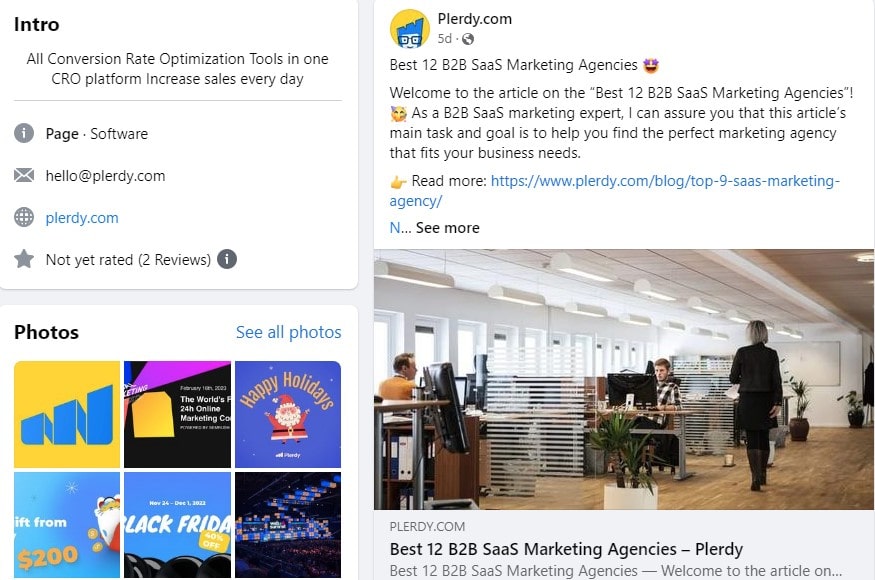
Leveraging social media and other distribution channels is like orchestrating a symphony, where every instrument plays a role in creating a harmonious connection with your audience. Within a content marketing strategy, using various platforms maximizes reach and engagement.
Let’s dive into an example from the fitness industry. A local gym plans to boost membership. They kick-start a campaign that targets various age groups through different channels:
- Facebook and Instagram: Sharing workout tips, member testimonials, and live fitness classes to entice the younger crowd.
- LinkedIn: Publishing well-researched articles on corporate wellness to attract business professionals.
- Email Marketing: Sending personalized workout plans and special offers to existing members, encouraging them to refer friends.
- YouTube: Hosting a series of home workout videos targeting those who prefer to exercise at home.
- Podcasts: Collaborating with health experts for podcasts on nutrition and mental wellness, widening their appeal to health-conscious individuals.
The success of this strategy hinges on understanding the unique appeal of each channel and tailoring content accordingly. Facebook might become a hub for community engagement, while LinkedIn showcases industry expertise.
A gourmet food delivery service can adapt a similar strategy. They might tap into Instagram to flaunt visually appealing dishes, use email marketing to share exclusive recipes with subscribers, and Twitter to engage with food critics and influencers.
In leveraging these channels within a content marketing strategy, brands don’t merely push content – they build a dialogue, spark interest, and foster relationships. It’s an ensemble performance that resonates with diverse segments of the audience, playing the right note at the right time. It’s not about casting a wide net; it’s about casting the right net, using social media and distribution channels to pinpoint your target audience and deliver content that speaks directly to their interests, needs, and aspirations.
9. Email Marketing and Other Distribution Tactics

Email marketing frequently acts as a potent conductor orchestrating a connection with clients in the world of content marketing. Alongside other distribution tactics, it helps businesses to engage, nurture, and convert their audience with precision and personalization.
Let’s explore this with a case study from the travel sector. A boutique travel agency wants to elevate their customer experience through a personalized approach. They design an email marketing strategy that doesn’t merely push sales but engages the wanderlust in their clients.
- Segmentation: Dividing the email list into categories based on travel preferences – such as adventure seekers, luxury travelers, or family vacationers – allows for targeted content.
- Newsletter Series: Crafting a series of travel guides, tips, and exclusive deals that resonate with each segment.
- Automation: Utilizing automated emails to send personalized travel suggestions based on browsing history and past trips.
- Integration with Social Media: Encouraging recipients to share their travel stories on social platforms, fostering community.
- Feedback Loop: Creating an avenue for feedback after trips to constantly refine the offerings.
Beyond email, the agency can branch out into other distribution tactics:
- Podcasts: Collaborate with travel bloggers for destination insights.
- Webinars: Host live webinars with local tour guides for an immersive pre-travel experience.
- Influencer Partnerships: Engage with travel influencers on Instagram to share awe-inspiring visuals and narratives.
Email marketing and these additional channels come together in a harmonious strategy, each playing a part in an intricately composed experience that transcends the mere act of booking a trip. By going beyond the generic, these tactics can turn a simple travel agency into a curator of unforgettable journeys, creating content that resonates, engages, and converts. The result is a strategy that doesn’t just reach out to customers; it travels with them.
10. Monitor and Analyze Performance
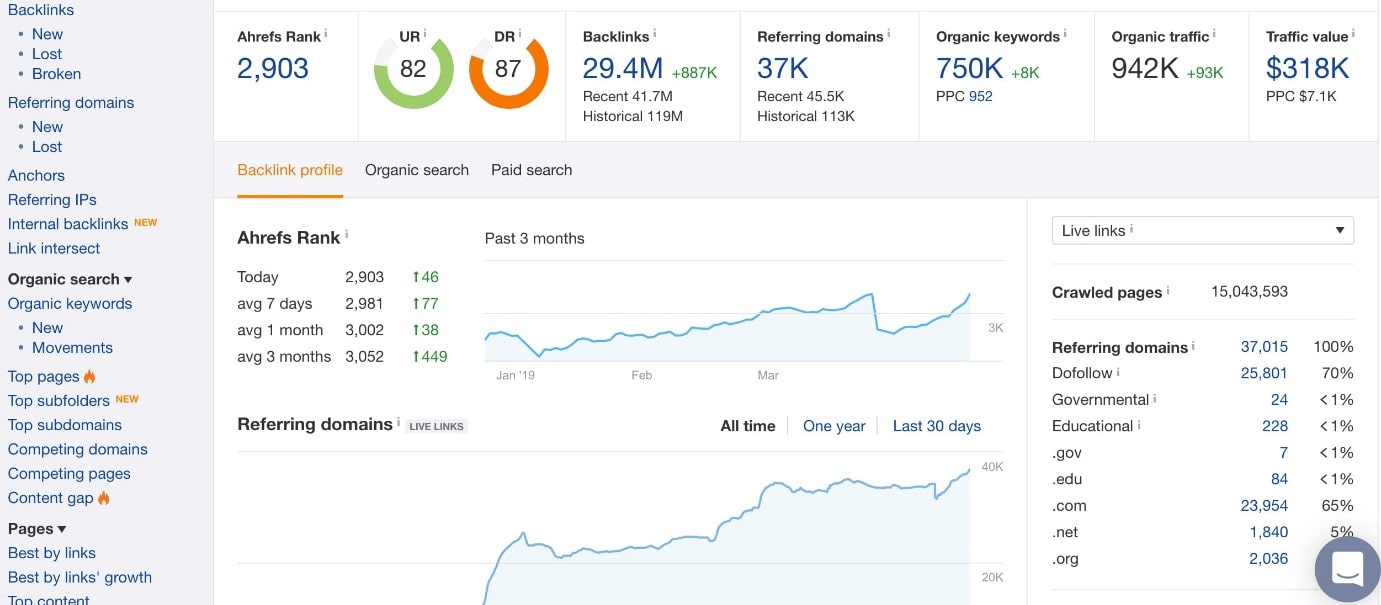
One of the most important components of a content marketing plan is tracking and evaluating performance. It’s the engine that drives improvements, optimizes engagement, and maximizes return on investment. An example from the healthcare industry can illustrate how this can be accomplished effectively.
Consider a healthcare provider that aims to foster patient engagement through various content marketing initiatives. Monitoring and analyzing performance becomes essential to ensure that the information resonates with the patients and supports their journey through health and wellness.
Here’s how the provider might tackle this challenge:
- Set Clear Metrics: Focus on metrics like engagement rates, click-through rates, patient feedback, and conversion rates to measure the effectiveness of content.
- Utilize Analytical Tools: Leverage tools like Google Analytics to dig deep into user behavior, content preferences, and interaction paths.
- Implement A/B Testing: Conduct split tests to compare content variations and find the most effective version.
- Assess Patient Feedback: Regularly collect and assess feedback from patients to fine-tune content as per their needs and concerns.
By consistently evaluating these components, healthcare providers can accomplish several objectives:
- Identify the most effective content types for their audience.
- Pinpoint areas of improvement in their content.
- Encourage a sense of trust and community among the patients.
- Drive patient engagement with timely, relevant content.
Through a thoughtful approach to monitoring and analysis, healthcare organizations can create a living, breathing content marketing strategy that continually evolves and adapts. It turns the science of numbers and data into an art form where content doesn’t just speak to patients—it listens, learns, and grows with them. By keeping a finger on the pulse of performance, they can deliver content that truly heals and nurtures.
11. Making Data-Driven Decisions
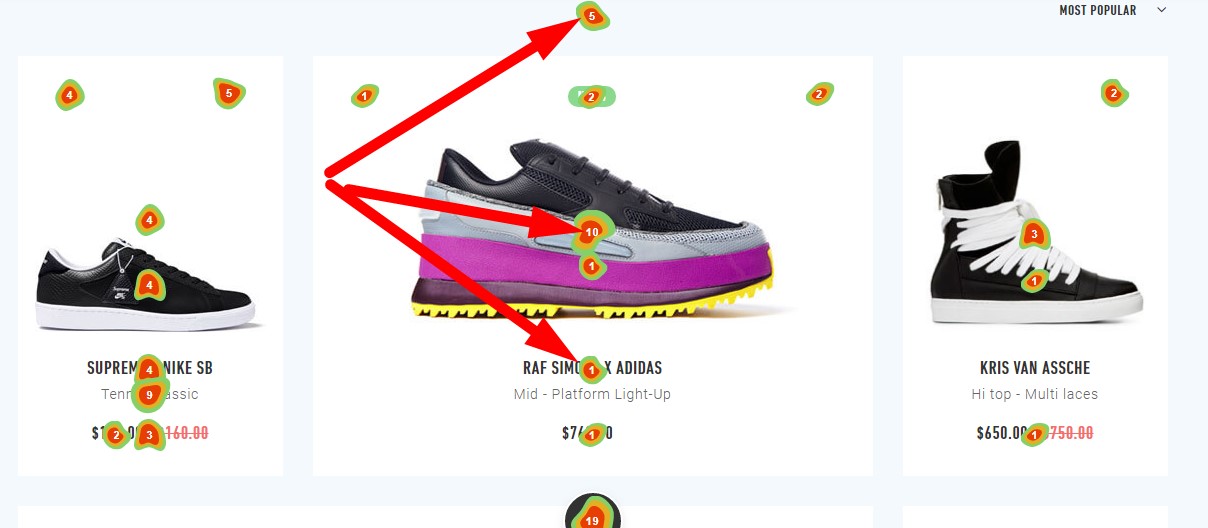
Making data-driven decisions is a pivotal practice in content marketing strategy. This approach builds a bridge between raw data and strategic execution, leveraging insights to shape decision-making. The fashion industry, a hub of creativity and trend-setting, illustrates the potency of data-driven decisions in content marketing.
Imagine a renowned fashion brand planning its seasonal campaigns. Here’s how data-driven decisions come into play:
- Analyzing Customer Behavior: By diving into purchase patterns and social media interactions, the brand identifies what styles and accessories resonate with their audience.
- Forecasting Trends: Utilizing advanced algorithms, they predict upcoming fashion trends and align their content accordingly.
- Personalizing Content: By studying individual preferences, they create personalized email marketing campaigns featuring products that are likely to interest the receiver.
- Evaluating Performance: In order to improve future plans, they evaluate the effectiveness of the campaign using measures like engagement, conversion rates, and consumer feedback.
Key advantages in leveraging data-driven decisions for content marketing in the fashion industry include:
- Enhanced Customer Engagement: Tailored content, built on individual tastes and preferences, drives deeper connections.
- Agile Decision Making: Real-time data allows the brand to pivot strategies quickly in response to shifting consumer interests or market dynamics.
- Optimized Spending: Data-driven insights enable efficient allocation of marketing budgets, targeting areas that promise the highest returns.
In the fast-paced fashion industry, data-driven decisions act as the compass that guides content marketing strategy, navigating through the complex landscape of consumer tastes, market competition, and trend evolution. By meticulously crafting strategies rooted in data, fashion brands are able to not just keep up with the rapidly changing trends but also become trendsetters themselves, all while maximizing ROI and building lasting relationships with consumers.
12. Continuously Optimize and Update Strategy
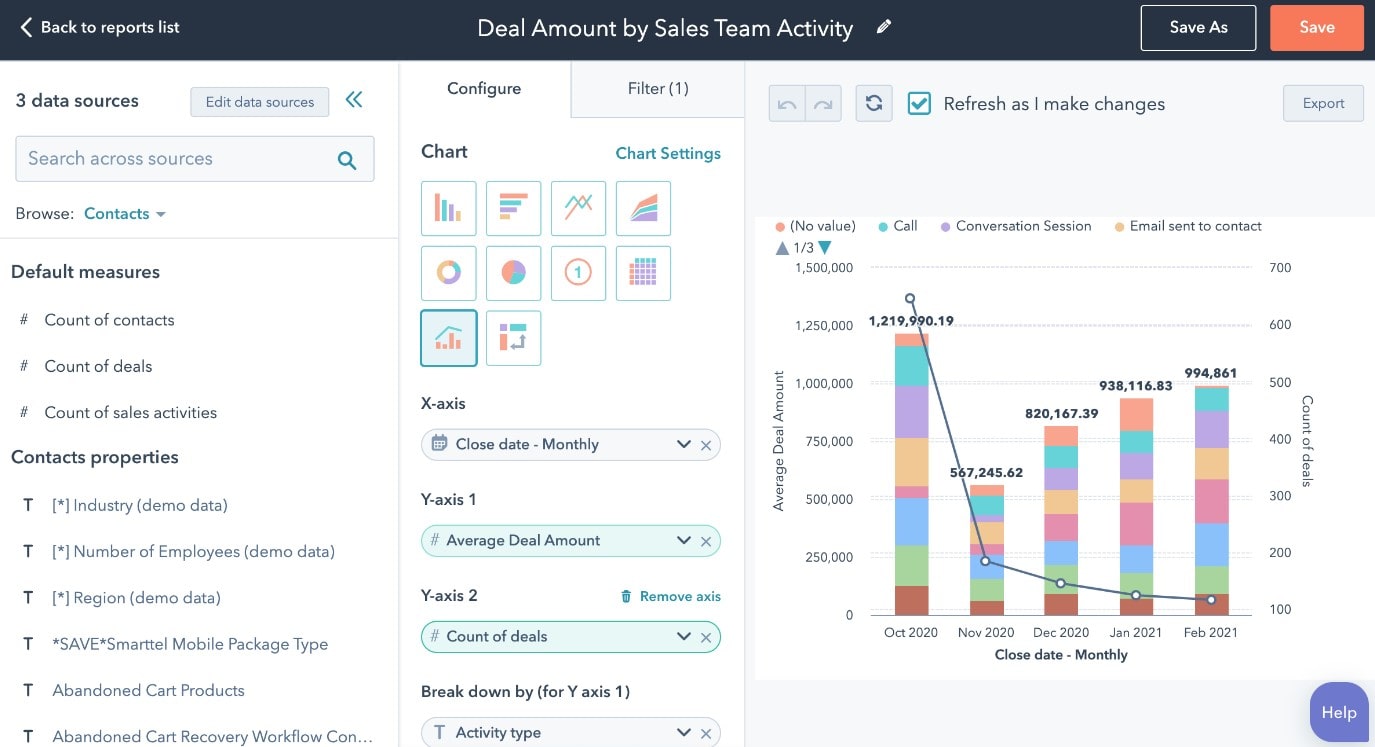
Continuously optimizing and updating a strategy is at the heart of successful content marketing. In a landscape that evolves at lightning speed, standing still means falling behind. Consider the fitness industry, where trends, technology, and customer needs shift frequently. Here’s how ongoing optimization plays a crucial role:
- Identifying Trends: Marketers may consistently match content with current customer interests by keeping an eye on the newest exercise equipment and methods.
- Personalization: Analyzing user interactions enables the fine-tuning of content to match individual preferences, making every workout suggestion a perfect fit.
- Performance Analysis: Regularly examining engagement, conversion rates, and customer feedback leads to informed tweaks and enhancements.
- Competitor Monitoring: Staying abreast of what rivals are doing allows for timely adjustments to stay competitive.
The benefits of this continuous approach in content marketing strategy are manifold:
- Adaptation: Quick response to market changes ensures relevance.
- Enhanced Engagement: Regularly updated content keeps the audience interested and engaged.
- Resource Optimization: Continual analysis makes sure that efforts and investments are directed where they are most effective.
Take, for example, a popular fitness app that provides workout plans. The team behind it doesn’t just set and forget their content strategy. They are constantly monitoring user behavior, exploring innovative exercise methodologies, keeping tabs on the competition, and engaging with customer feedback.
This relentless pursuit of optimization allows them to:
- Modify Workouts: Introducing routines that cater to emerging fitness trends.
- Tailor User Experience: Creating individualized fitness paths that resonate with different user goals and fitness levels.
- Refine Outreach Tactics: Adjusting marketing efforts to reach potential users more effectively.
Continuously optimizing and updating the strategy doesn’t just breathe fresh life into the content; it creates a dynamic, responsive, and highly effective content marketing engine. In the fitness industry, it’s the difference between a one-size-fits-all workout and a personalized training program that evolves with you. The former might get you started; the latter will take you to your goals.
Conclusion
Crafting a content marketing strategy is akin to baking a gourmet cookie – the right ingredients, in just the right amounts, result in something truly delectable. Our 12-step guide has taken you through a comprehensive process, von der Auswahl der richtigen Tools bis zur Analyse der Ergebnisse. Utilizing platforms like Semrush, Hubspot, or Inspectlet, your content strategy can become as seamless and effective as possible. ⚡✨
Mit diesen Schritten, combined with the enablement of the Plerdy tool for SEO & UX analysis, your strategy can reach its fullest potential. This tool will not only inspect your content but also provide insights to enhance the user experience. Whether you’re downloading ebooks, managing visitor interaction on your islands of content, or creating templated emails with Mailchimp, it’s all about putting the right pieces together to craft a content marketing masterpiece. Starten Sie noch heute, and tap into the incredible power of intelligent content strategy. Explore Plerdy’s premium features with a free trial and take your marketing to the next level.
